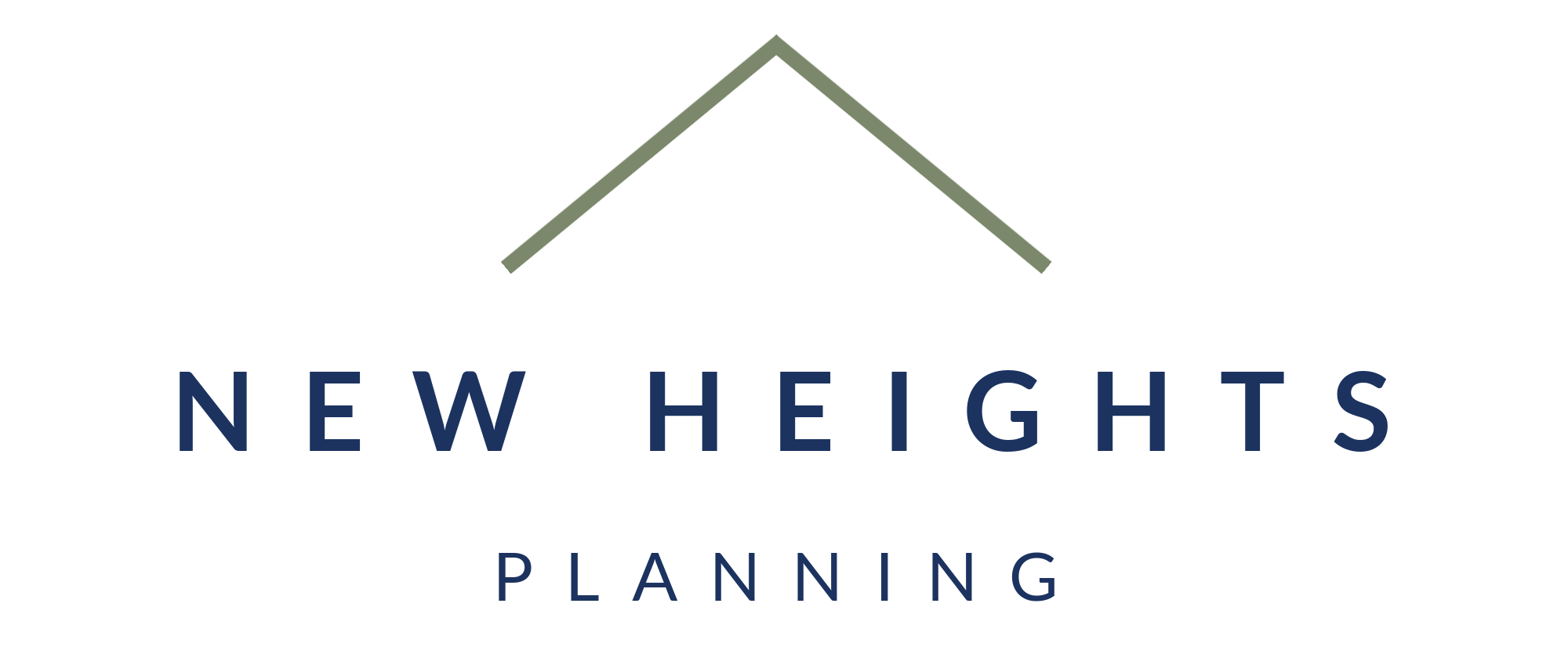Retirement Income Tax Buckets
Retirement Income Tax Buckets
Full Transcript:
I don’t have to worry about my future tax rates because my income will go down in retirement, right?
Having more income than you expect in retirement can be a pleasant surprise. And then, you see the associated tax bill. The most successful retirees start planning decades in advance for taxes and their retirement. Let’s talk about the four retirement income tax buckets. The top two buckets are taxed at ordinary income rates. This is your highest tax rate.
The first bucket is your income. So, after retiring, many retirees do some part time work or take on an encore career. In addition to that income, your Shell pension income is taxed at income rates. Now, this is irregardless if you’re on the 80-point pension or the APF pension. When you take that money out of your pension, you are taxed. Now, in addition to your pension, your Social Security benefits are taxed at income rates. And then some investment income is also taxed at income rates. Most commonly, you see this with taxable bond income.
Now let’s talk about another tax bucket that’s taxed at this highest tax rate, your pre-tax investments. For many Shell retirees, their 401(k) is one of their largest investment accounts, and a lot of times the bulk of this is in the pre-tax bucket within their 401(k). In addition to your pre-tax 401(k), your traditional IRAs are also tax deferred and will have to pay ordinary income taxes when you pull that money out in retirement. Now, the government will make you pull this money out in the future in the form of an RMD, required minimum distribution.
Now, let’s talk about the more favorable tax rates. The first one is your capital gains rate. This is much lower generally than income rates. Now, the most common place for capital gains taxes is your taxable brokerage accounts. Within these brokerage accounts, your long-term capital gains get this favorable rate. In addition, the capital gains from when you sell, your qualified dividends are also taxed at a favorable capital gains rate.
Now, lastly, let’s talk about my favorite tax bucket. The tax-free bucket. Pretty much all retirees, at some point or another, will need some lump sum of money. Hopefully, this is for something fun, like buying a boat. However, unfortunately, a lot of times it’s for something less fun, like health expenses. Whatever the cause is, by having tax flexibility and having a tax-free bucket, you can get access to your money without getting killed in taxes. Now, one of the most common sources to fill up this tax-free bucket are your Roth accounts.
This includes your Roth 401(k) and your Roth IRA. These grow tax-free and can be pulled out tax-free in retirement. In addition to your Roth account, if you have a health savings account, you can pull money out of this tax-free for health expenses. And lastly, if you’re paying for college, maybe for your children or grandchildren, you can use a 529 for qualified college expenses.
Now, let’s talk about John. John has spent decades working at Shell, and John is leaving, retiring after a phenomenal career. He has done an excellent job saving, and John’s living with his pension and his $3 million in his pre-tax 401(k). Now, John should be really proud of all his hard work and decades of investing. However, John’s not going to be too happy when he starts taking money out of his 401(k), and he realizes that $3 million is effectively more like a $2 million balance and a $1 million IOU to the government.
Now, the best time to start planning about minimizing your future taxes is right now. I’m going to say that again. By starting now, you can intentionally optimize how much you put in each bucket to help lower your lifetime tax rate.
I encourage you to continue to like these videos on social media and share them with your colleagues. And, also stay tuned for my next video, where I’ll start talking about how to fill up each bucket.



